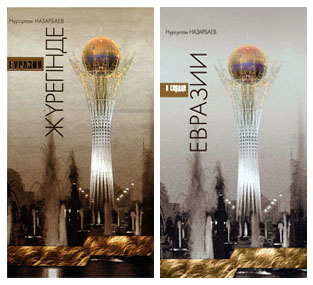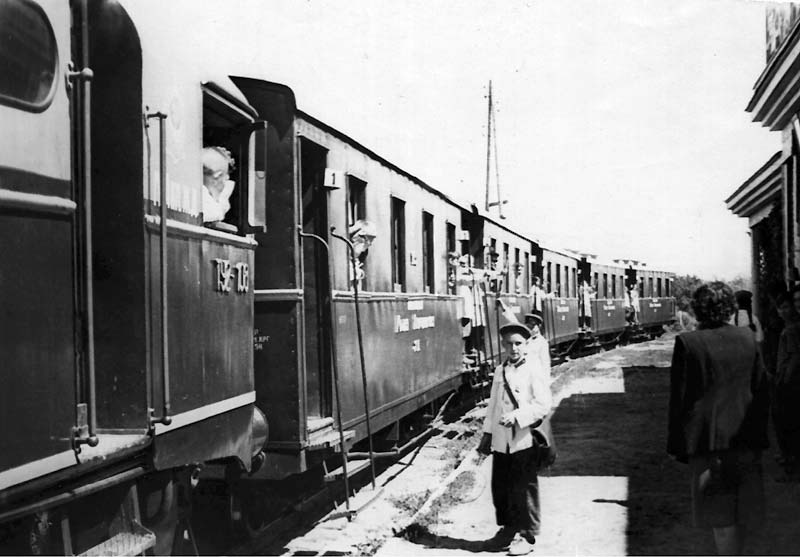
There is a detailed account of how our young capital was built and developed in N. Nazarbayev’s book “The Heart of Eurasia”, and there he intended to describe how the decision on the transfer of the new capital was taken.

At the new stage of the capital’s development, Akmola was meant to be not only the significant city, but also the economy metropolis of Eurasia.
The factors which influenced the President’s decision to transfer the capital were mainly geographical. The country’s leadership considered that it was virtually impossible because the turn of development had started only in the times of the Soviet Union having historical background back in the mid 1st century BC. It was the time, as the Father of history Herodotus wrote, when so called Steppe Way was going across the Akmola steppe which was a place of habitation for various ethnic groups.
And in 1998 archeologists discovered the medieval urban settlement, Bozok — the capital of the Kipchak khanate, which was located 5 kilometers from Astana. The caravan passing that land early in the 16th century connected Siberia and Central Asia. During the Second World War or the Great patriotic war Akmola was a strategically meaningful region as both the economic and military transport centre. One cavalry and three infantry divisions were assembled here. It also served the location for evacuation of the people from the front line, furthermore, many injured soldiers were taken care of in its hospitals.
Also, the railways were built in the city, thus it was feasible to create a certain network with the Union.

In 50-60s heavy and light industries were established in Akmola. Different institutes among which were teaching, medical construction, agricultural, construction engineering institutes and vocational training colleges were set up.
In 1961 Akmolinsk was renamed Tselinograd (tselina — virgin land, grad — city) and the centre of the republic’s virgin lands. In those times Nikita Khrishchev heading the Soviet Union was discussing the transfer of the capital to Tselinograd.
Thus, it can be seen from above that the decision to transfer the capital was hard and time-consuming, but there were certain geographical, historical, and economic grounds for it.
Resource: “The Kazakhstan Way”, Nursultan Nazarbayev, 2008
By Malika MURSALIMOVA
